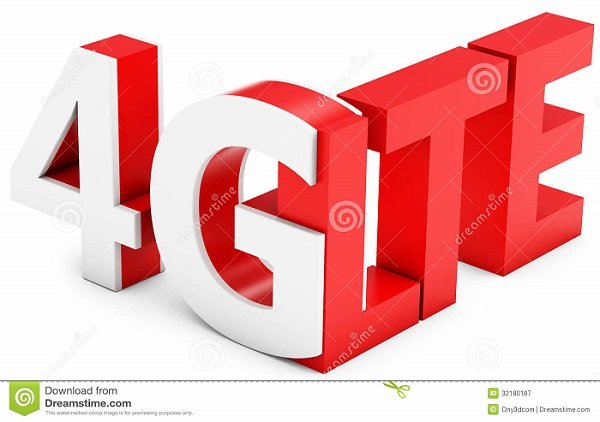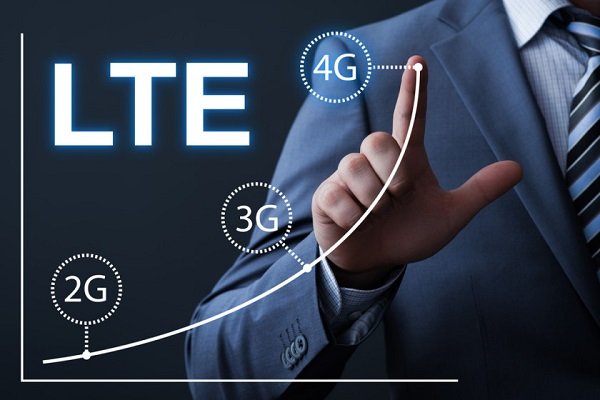In this article today, I’ll be explaining how 4G work. I know the word don’t sound new us, we’ve heard people talking about it daily, we've seen it on all sorts of carrier branding and commercials and stuff sometimes we see it on the back of our phones or on the front of our phones but there's no real widely accepted definition of 4G. Let me try to explain that based on my research and findings.
So what is 4G exactly?
As far as the name goes 4G, the G stands for a generation of wireless technology. 4 means the fourth generation of wireless technology.
With each new generation, you get significantly faster data speeds but it becomes incompatible with the previous generation so you'll not always see a 3G phone working on a 4G network. There are carriers that have both 3G and 4G networks like Verizon we'll soon get to that.
The first G, the original G was the old analog cellular systems, they were obviously super slow. 2G moves to digital but they are still very very slow somewhere around 10 to 200 kilobits per second, the first iPhone was 2g.
3G is a much faster digital and it starts at around 384 kilobits per second, 4G systems like LTE and WiMAX claim to initially start out around 5 megabits per second which is a lot higher than all the rest some years back. Now a days, we’ve got faster 4G networks with higher band.
4G isn't just faster than 3G, the 4G networks also tend to have a lot more capacity than the 3G networks so you're going to see a lot less bandwidth caps when you're on 4G. When you're on 3G you tend to be limited and when you’re on 4G, you'll see a lot more higher data plans but the complication that has people wondering what really is 4G, is the fact that there are some really modern 3G networks that are actually faster than the beginnings of the 4G networks.
For example HSPA+, it's 3G basically but it's really fast 3G somewhere around 7 megabits per second it's been evolved for so long. Some years back, T-Mobile ran on HSPA+ network and they continued to evolve it to get it up to 30 megabits per second so instead of being left out of the 4G chatter that's currently making wave presently, they just figured they'd stamp and declare it 4G because who's going to argue.
One other difference between 3G and 4G is that in order to hop on the brand-new 4G network like I said it's probably incompatible, it is incompatible with the 3G network so you need one of those new 4G radios in your device and those are some very power hungry 4G radios.
 source
source
chart showing power consumption
That’s why in the United States some years back, you wouldn’t see any device or any smartphone at all with both quad-core and 4G because that's just way too much power for a single battery to handle.
Phones these days you know have huge screens, extremely fast RAM and great processors but to throw 4G on top of all is a huge power suck for the battery because its power consuming.
CONCLUSION
Hopefully, this article helped to explain 4G for you, just in case you were wondering, LTE stands for long term evolution and HSPA stands for high-speed packet access.
I don't really know why those are named that way but either way, don’t forget to give this article an upvote if you learn something.
If you also have anything else that you want to be explain, something technical that I could break down and make a fun interesting article, let me know by commenting. In either way, thanks for reading and do have a lovely day.


Good and well written explanation! I did learn something.
I'm glad you liked it.